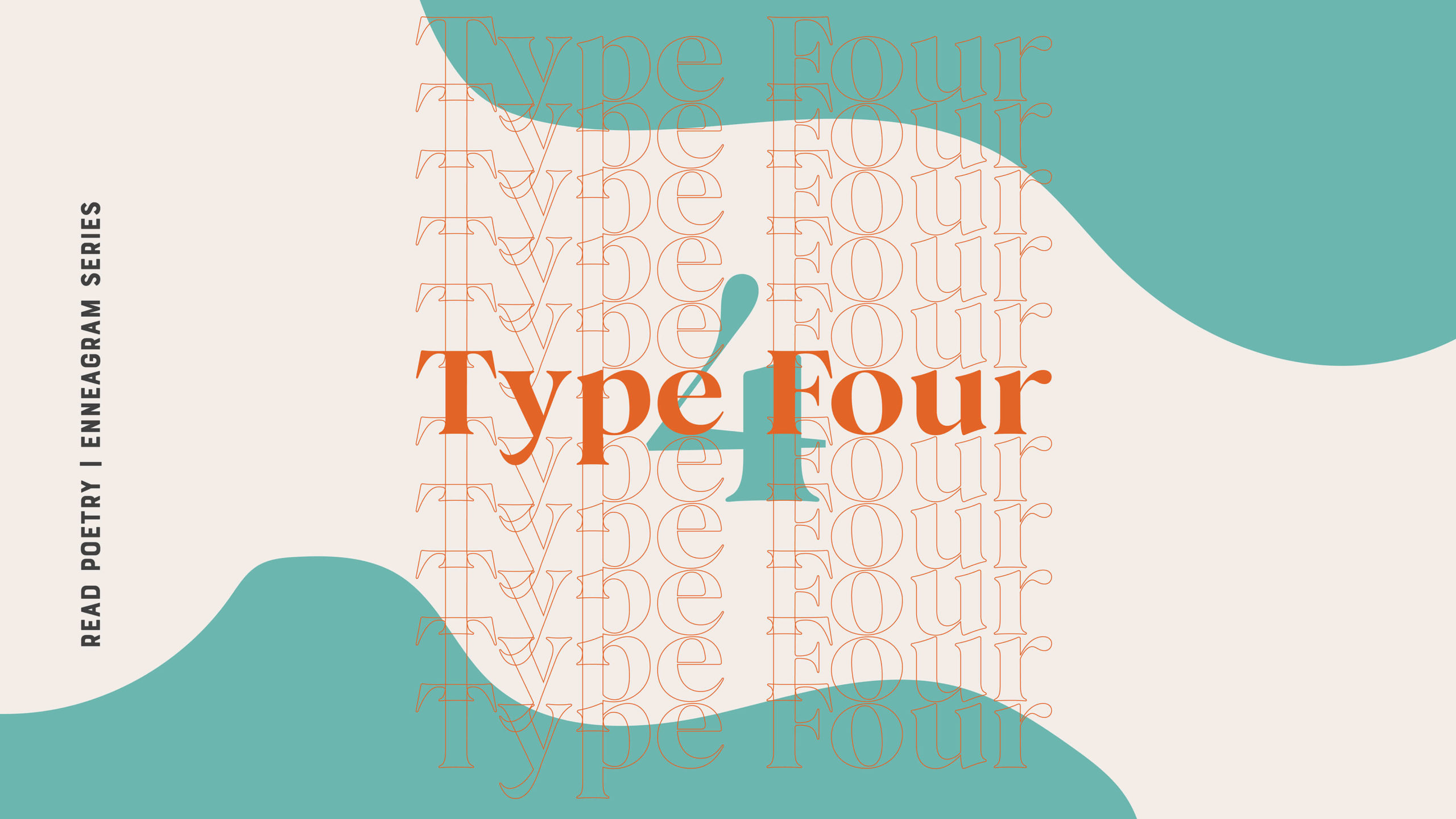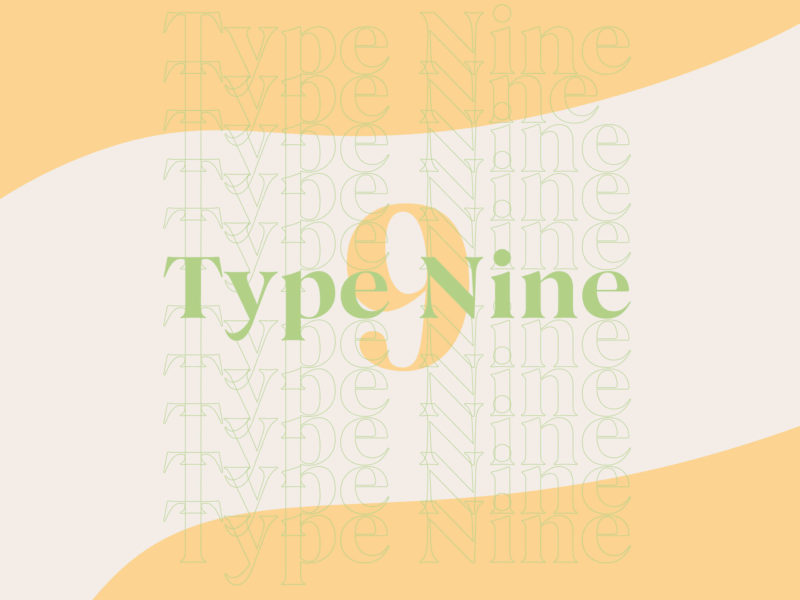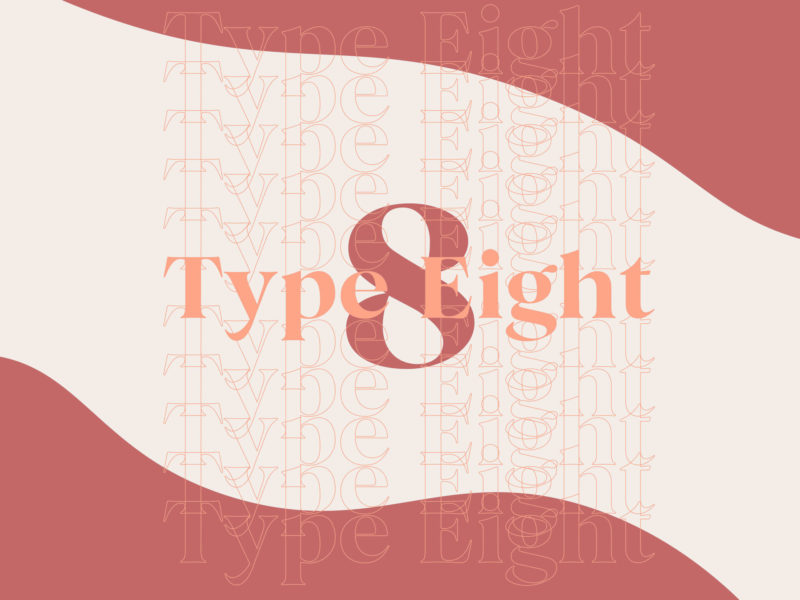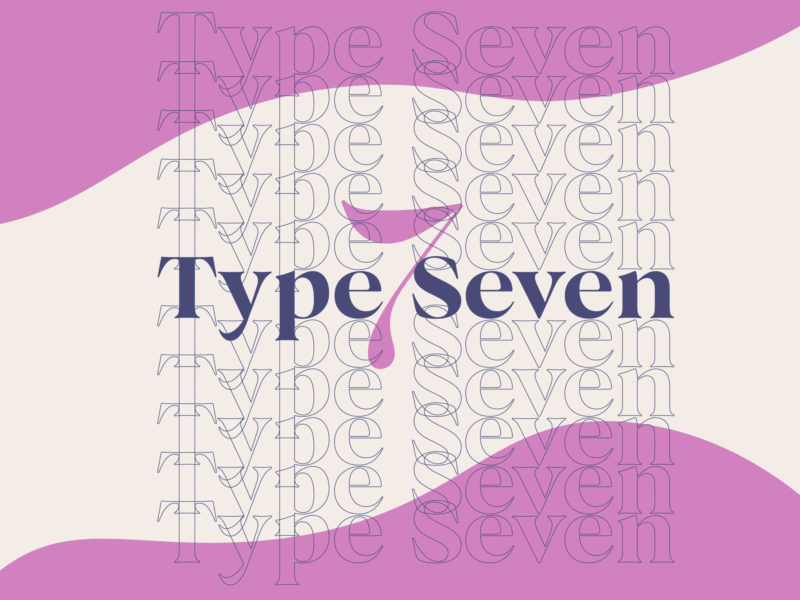4 Heartfelt Poems for Enneagram Type Fours
The Enneagram has become a popular method of understanding both others and ourselves. Comprised of nine personality types, the Enneagram system revolves around the idea that each type has a central worldview that informs their thoughts, actions, goals, and relationships. To learn more about the Enneagram before diving in, take the free quiz to determine your type.
Don’t be surprised if you’re Type Four—this Enneagram type often favors artists of all varieties, including poets and writers. Type Four traits include sensitivity, vulnerability, expressiveness, and a creative spirit. With the nickname “the individualist,” Type Fours strive to find their identity and personal sense of significance. While Type Fours are lucky to be more in tune with beauty, passion, and imagination than many other types, this can manifest as either inspiration or as moodiness. Due to their emotional natures, Type Fours can become turbulent, self-conscious, and self-absorbed when in an unhealthy state. But with assumed Type Fours like Rumi, Frida Kahlo, and Joni Mitchell, there’s a roadmap of how to focus on the positive, channeling these emotions into productive and highly personal art. These Four poems, which encapsulate Type Fours, do the same.
“Breakage” by Mary Oliver
Oliver stands out as one of the world’s most beloved poets, garnering an outpouring of love from other writers, actors, and even political figures after her death. The Pulitzer Prize winner ruminated on themes like love, loss, and gratitude, balancing the heavy and the light in her deeply introspective poems. Her self-awareness, reflectiveness, and ability to find inspiration in nearly all imagery and subject matter makes Oliver a classic Four.
In “Breakage,” Oliver exemplifies this, revealing a Four’s tendency for rich descriptions and seeing the world through their craft: “I go down to the edge of the sea. / How everything shines in the morning light! / The cusp of the whelk, / the broken cupboard of the clam, / the opened, blue mussels / moon snails, pale pink and barnacle scarred— / and nothing at all whole or shut, but tattered, split, / dropped by the gulls onto the gray rocks and all the moisture gone. / It’s like a schoolhouse / of little words, / thousands of words.”
“Antique Song” by Leonard Cohen
Enneagram enthusiasts have hailed Cohen as an archetypal Four, citing his versatile career as a poet, singer, and songwriter. Despite Cohen’s penchant for exploring different genres, the late artist stayed true to his work’s core themes: longing, loneliness, and spirituality, among others. These all speak to a Type Four’s ability to grapple with big, even universal questions, as well as their frequent struggle to let go of heartbreak.
In “Antique Song,” Cohen displays a Type Four’s characteristic sentimentality and sweeping romanticism, as well as includes a nod to the artistic process: “Too old, too old to play the part, / Too old, God only knows! / I’ll keep the little silver heart, / The red and folded rose. / And in the arms of someone strong / You’ll have what we had none. I’ll finish up my winter song / For you. It’s almost done.”
“White Buttons” by Mary Ruefle
Oftentimes, Fours become artists themselves because of how great art enraptured them at a younger age. In “White Buttons,” Ruefle illustrates this deep connection, focusing on literature. Throughout the poem’s wild twists and turns, Ruefle’s bond with the book she’s reading leads to a bond with nature, a bond with the spiritual, and an intense bond with the self. Through this trajectory, Ruefle seems to illustrate that art opens us up to wider worlds, a truth that Fours know well.
“Having been blown away / by a book / I am in the gutter / at the end of the street / in little pieces / like the alphabet / . . . Also at the end of the street / there is a magnolia tree / the white kind / that tatters / after it blooms / so the tree winds up / in the street / Our naked shivering bodies / must be at some distance / missing us.”
“Rembrandt’s Late Self-Portraits” by Elizabeth Jennings
With “Rembrandt’s Late Self-Portraits,” Jennings takes on the ekphrastic form, or a poem inspired by visual art. Through this technique, Jennings not only showcases an appreciation for art, but an ability to make connections across different mediums and to imagine the narratives of people she’s never met. This vibrant interior world marks a place where Fours often linger. Additionally, writing about the self-portrait process reflects Four’s self-awareness, remarking on it in a nuanced way that incorporates both the good and the bad. Indeed, Fours can be self-absorbed and self-critical, which the poem represents. But healthy Fours see recognizing their flaws as a path to achieving emotional honesty and acceptance, which the poem ends up celebrating.
“You are confronted with yourself. Each year / The pouches fill, the skin is uglier. / You give it all unflinchingly. You stare / into yourself, beyond,” Jennings writes. “Your brush’s care / Runs with self-knowledge. Here / Is a humility at one with craft. / There is no arrogance. Pride is apart / From this self-scrutiny. You make light drift / The way you want. Your face is bruised and hurt / But there is still love left. / Love of the art and others.”
Learn about other Enneagram types—including Type One, Type Two, and Type Three—in the Read Poetry Enneagram series, and keep following the blog as we continue to explore the other types through a poetic lens.




